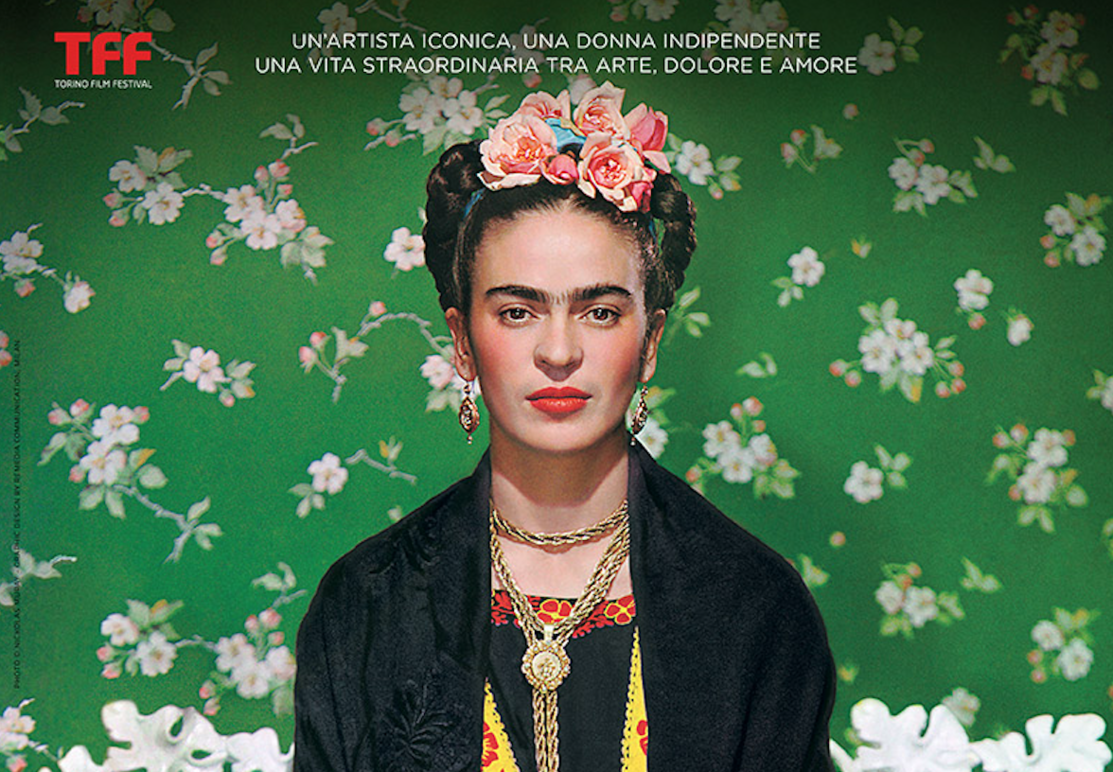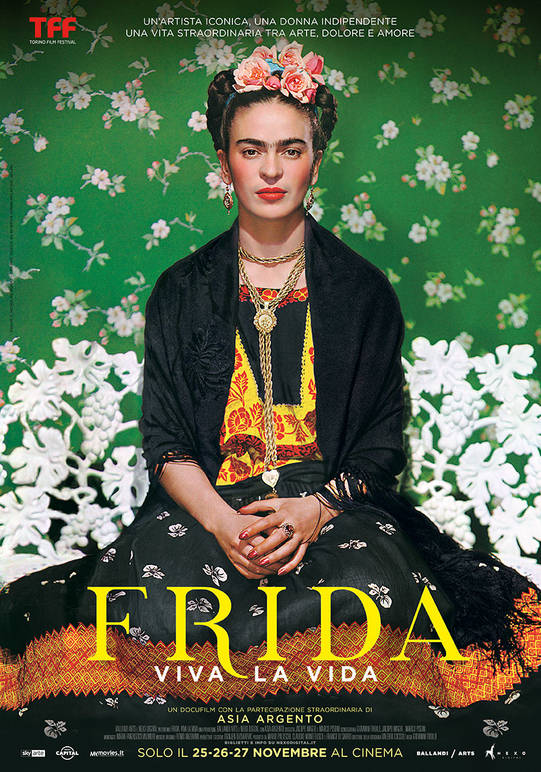Frida Kahlo, Beyond the Myth
After the success of the exhibition in honor of Mexican painter Frida Kahlo held at the Brooklyn Museum - the first one in the United States - Giovanni Troli’s documentary comes to the Torino Film Festival. “Frida, Viva la Vida” tells the story of a style icon, a symbol for a way of affirming femininity, beyond traditional canons.
“There are many Fridas,” the director says, “with the writers we asked ourselves how we could add something new to such a well-known artist. In the end, we decided to focus on two aspects of Frida, who is on one side a symbol of modern femminism, and on the other a free artist despite the constrictions of her mutilated body.”
Hit by polio when she was 6, and involved in a devastating accident at 18, Frida spent her entire life battling with intense pain. She developed a personal pictorial style, as a form of self-analysis and a way to witness her own existence. The result is a descriptive style, a combination of symbols, which, in time, became a reference model for artists, musicians, designers.
And it’s Asia Argento who leads the audience in the discovery of the real Frida, her physical and emotional hardships, her destructive and totalizing relationship with Diego Rivera. “I feel very close to her because I too was the victim of a patriarchal system, which tends to silence and shut down women.” The Italian actress, among the first to accuse Weinstein of sexual misconduct, and one of the key figures in the #MeToo movement, emphasizes Frida’s courage in rebelling to the traditional mysogynistic treatment of women as nothing more than objects of male desire. “A freedom that women have always had to learn to strive for, without always obtaining it.”
The documentary, divided into six chapters, managed to do justice to an artist consumed by hardship. A long journey told through exclusive interviews, documentary footage, home videos and Kahlo’s own artworks, to try and paint an image of who Frida Kahlo really was: a figure or a person?








































i-Italy
Facebook
Google+
This work may not be reproduced, in whole or in part, without prior written permission.
Questo lavoro non può essere riprodotto, in tutto o in parte, senza permesso scritto.